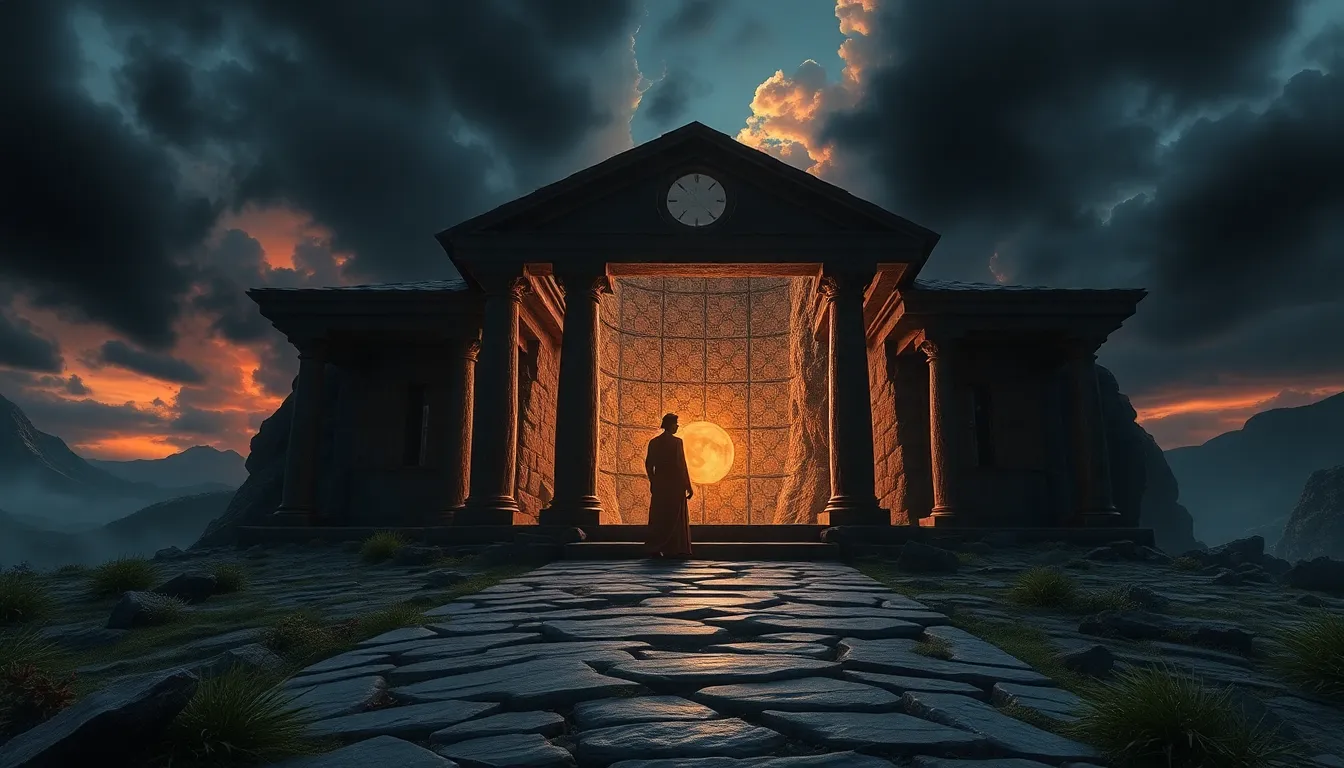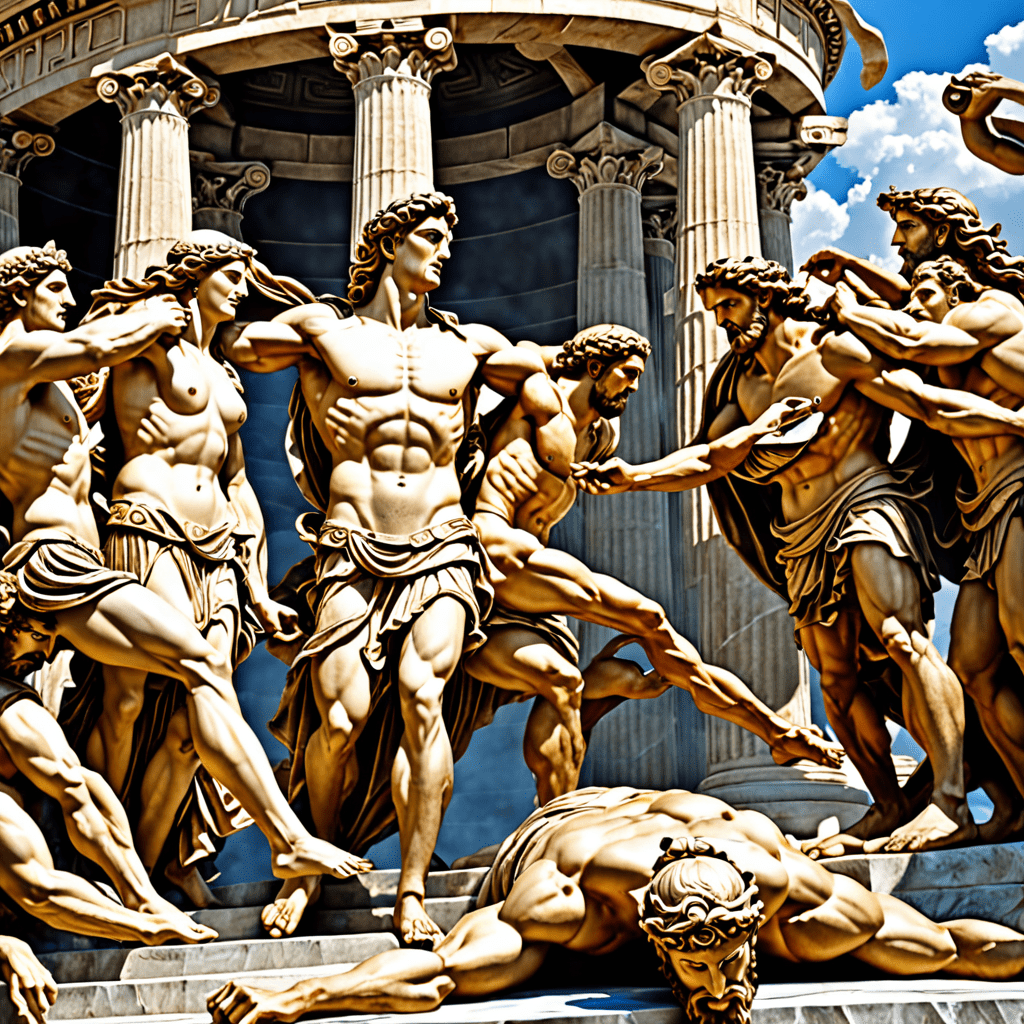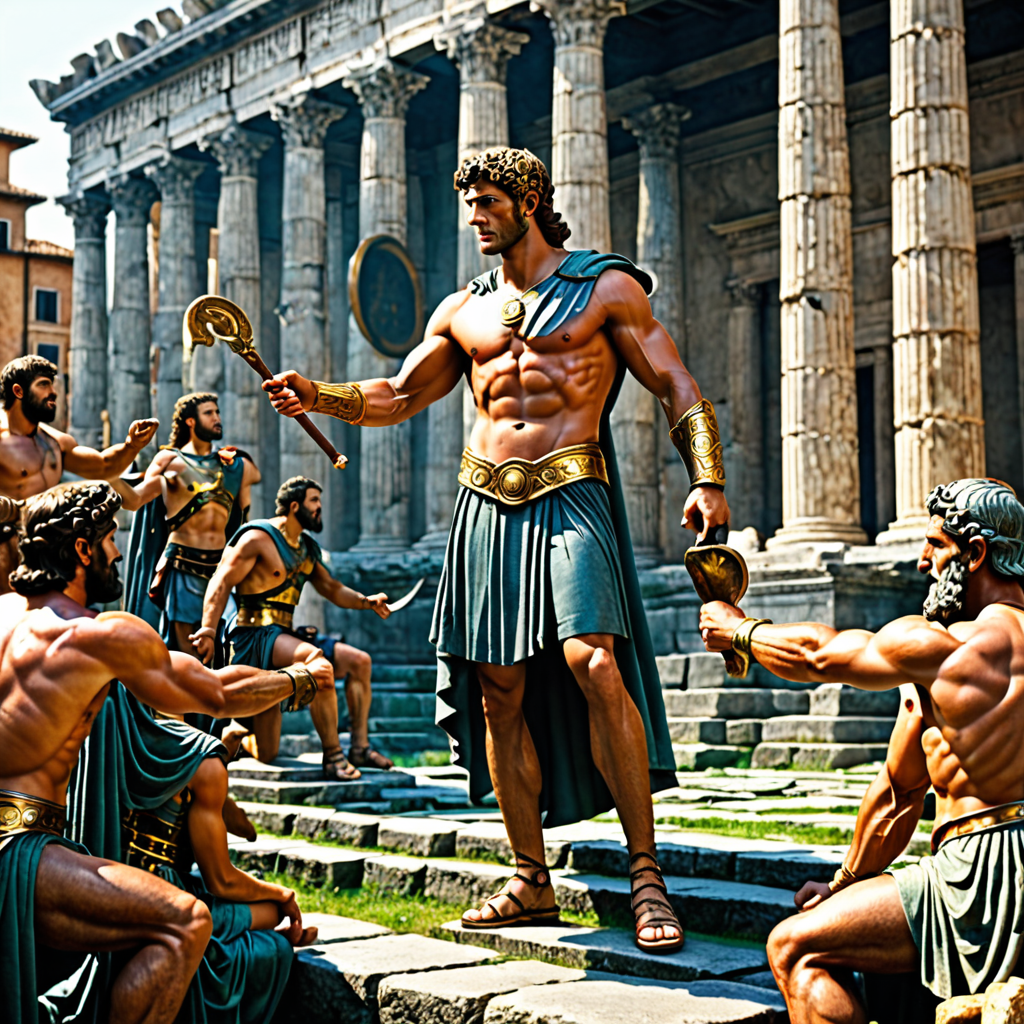The Mythical Pilgrimage: Spiritual Journeys Through Time
1. Introduction to Mythical Pilgrimages
Pilgrimage has been a significant aspect of human spirituality across various cultures and religions. It often refers to a journey to a sacred place or a site of spiritual significance. Throughout history, these journeys have served as a means of seeking deeper understanding, connection, and transformation.
The spiritual significance of such journeys transcends the physical act of travel. They represent a quest for meaning, fulfillment, and often, a deeper connection with the divine or one’s own inner self. In many traditions, the pilgrimage is not just about reaching a destination; it is about the transformative experience encountered along the way.
2. Historical Context of Pilgrimages
Historically, pilgrimage practices can be traced back to ancient civilizations, where they played a vital role in religious and cultural life. For example:
- Ancient Egypt: Pilgrimages to the temples of gods like Amun and Isis were common.
- Mesopotamia: The journey to the Ziggurat of Ur was a form of pilgrimage for worshippers.
- Indigenous cultures: Many indigenous peoples have sacred sites that are the focus of pilgrimage.
The role of religion in shaping pilgrimage routes cannot be overstated. Major religions, such as Christianity, Islam, and Hinduism, have established well-trodden paths that devotees follow, often marked by rituals and traditions that enhance the pilgrimage experience.
3. The Spiritual Dimensions of Pilgrimage
The act of pilgrimage often embodies a quest for enlightenment and self-discovery. Pilgrims embark on these journeys seeking answers to profound questions about existence, purpose, and spirituality.
Moreover, the psychological benefits of undertaking a pilgrimage are significant. Studies have shown that pilgrims often experience:
- Increased mindfulness and a sense of presence.
- Emotional healing and catharsis.
- A greater sense of community and belonging.
4. Iconic Pilgrimage Routes Around the World
Many routes have become iconic in the realm of pilgrimage, drawing thousands of individuals each year. Some notable examples include:
- The Camino de Santiago: This Christian pilgrimage across Spain culminates at the shrine of the apostle Saint James. Pilgrims traverse various routes, each offering unique experiences and landscapes.
- The Hajj: One of the five pillars of Islam, the Hajj is a pilgrimage to Mecca that every Muslim must undertake at least once in their lifetime if able. This journey is marked by specific rituals that embody submission to Allah.
- The Kumbh Mela: A major Hindu pilgrimage, this event occurs every twelve years at four rotating locations in India. Millions of devotees gather to bathe in sacred rivers, seeking purification and spiritual merit.
5. Mythical Elements in Pilgrimage Narratives
Throughout the ages, various legendary figures have inspired and guided pilgrims on their journeys. These narratives often intertwine with mythical elements, influencing the spiritual significance of the pilgrimage.
Symbolism plays a crucial role as well; mythical creatures and landscapes are often depicted in pilgrimage lore, representing obstacles, guidance, or spiritual truths. For example:
- The dragon in Chinese mythology represents challenges to overcome on the path to enlightenment.
- Mount Olympus in Greek mythology symbolizes the ultimate divine connection.
6. Modern-Day Pilgrimages: Continuation of Tradition
In contemporary society, the practice of pilgrimage has evolved, adapting to modern sensibilities while retaining its core spiritual essence. New practices have emerged, including:
- Secular pilgrimages to sites of cultural or historical significance.
- Personal journeys that blend travel with introspection and self-discovery.
Secular pilgrimages have gained traction, focusing on personal growth and exploration rather than religious devotion. These journeys attest to the enduring human desire for meaning in an increasingly complex world.
7. The Role of Pilgrimage in Cultural Identity
Pilgrimages serve as vital expressions of cultural identity, preserving traditions and connecting communities. They foster a sense of belonging and continuity, allowing individuals to engage with their heritage.
In modern society, traditional pilgrimage practices are often viewed through various lenses:
- As a means of cultural preservation in a rapidly changing world.
- As opportunities for intercultural exchange and understanding.
8. Challenges and Transformations of Pilgrimage
Despite the rich history of pilgrimage, modern practices face numerous challenges. Environmental and ethical considerations are increasingly important:
- Overcrowding at sacred sites can lead to environmental degradation.
- Commercialization of pilgrimage routes raises questions about authenticity and respect for traditions.
Moreover, technology has transformed the pilgrimage experience, providing resources and information while also fostering a sense of disconnect from the traditional aspects of the journey.
9. Personal Narratives: Stories from Pilgrims
Personal accounts from pilgrims offer profound insights into the transformative power of these journeys. Interviews reveal diverse motivations and experiences:
- Some pilgrims seek healing from personal trauma.
- Others embark on journeys of self-discovery or spiritual awakening.
These narratives highlight the deep connections formed between pilgrims, their environments, and their inner selves.
10. Conclusion: The Enduring Legacy of Mythical Pilgrimages
The importance of pilgrimage in today’s world cannot be understated. As society becomes increasingly globalized and interconnected, the quest for spiritual journeys continues to thrive. Pilgrimage remains a powerful avenue for personal growth, cultural identity, and spiritual fulfillment.
Looking ahead, the future of spiritual journeys will likely incorporate both ancient traditions and modern practices, ensuring that the legacy of pilgrimage endures as a vital part of the human experience.



